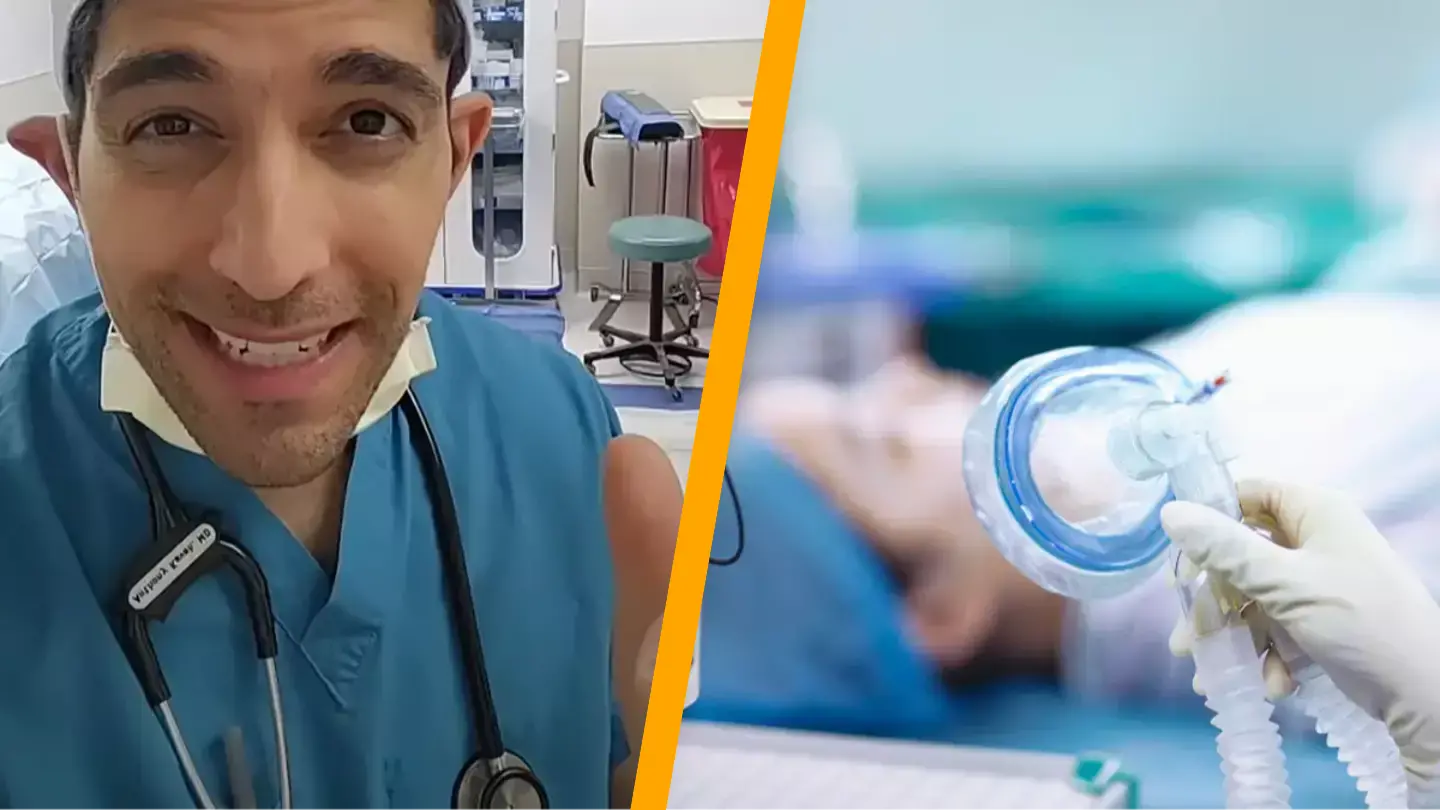A doctor has unveiled some surprising insights about anesthesia in a recent YouTube video. Before you start worrying, especially if you have an upcoming appointment requiring anesthesia, rest assured that these drugs are used only when necessary and are generally safe. Would you really prefer to undergo surgery without being sedated? Probably not.
However, this doctor has explained what actually occurs when you receive anesthetics. If you have anxiety about health matters or prefer not to know the specifics, you might want to stop reading here.

The Cleveland Clinic clarifies that anesthesia involves using medications, called anesthetics, to prevent pain during medical procedures or surgeries.
They further explain: “Local and regional anesthesia numbs a specific area of your body. General anesthesia makes you temporarily unconscious (fall asleep) so you can have more invasive surgeries.”
Board-certified anesthesiologist Dr. Anthony Kaveh, MD., has elaborated on what anesthesia does to your body in response to a question: “Is it true that you don’t sleep during anesthesia but the anesthesia paralyzes you and then wipes your memory of all the pain?”
Although this may sound concerning, there’s no need to panic.

In a video uploaded to YouTube earlier this year, Dr. Kaveh discusses the various types of anesthesia in more depth.
Firstly, some anesthesia acts as a medication that shuts down your brain, rendering you completely unconscious and unable to feel pain. Then, certain medications may paralyze your body if necessary. Lastly, there are drugs designed to erase your memory to reduce anxiety and lower the risk of PTSD while under anesthesia.
The Cleveland Clinic also notes that ‘sedation’ anesthesia relaxes you to the point where you can nap but can awaken if needed to communicate.
Regional anesthesia blocks pain in a larger section of your body, such as a limb or everything below your chest, and it may be combined with ‘sedation’ drugs.
Meanwhile, ‘general anesthesia’ renders you unconscious and insensitive to pain or other stimuli and is generally used for more invasive surgeries involving the head, chest, or abdomen.
Unsurprisingly, social media users have quickly taken to the comments section to discuss this somewhat unsettling revelation.
https://www.youtube.com/watch?v=UcLR4M61JpQ
One YouTube commenter remarked: “Sounds so much more scary when you describe it that way.”
Another added: “This is actually more horrifying.”
A third expressed: “You’re giving me anxiety rn describing this!”
In contrast, another user appreciated the explanation: “Excellent explanation. I had a hysterectomy, and upon going under and coming back up from unconsciousness, I was amazed how time just telescoped into a split second from the three or four hours it really lasted.”
Others offered reassurance, with one user commenting: “People say ‘omg that sounds horrifying’ but I’ve been under anesthesia multiple times, it’s fantastic.”
And another relatable user concluded: “Anesthesia is the best part! I love just turning off for a while, cuz I’m terrible at sleeping normally. It feels like a nice break.”

